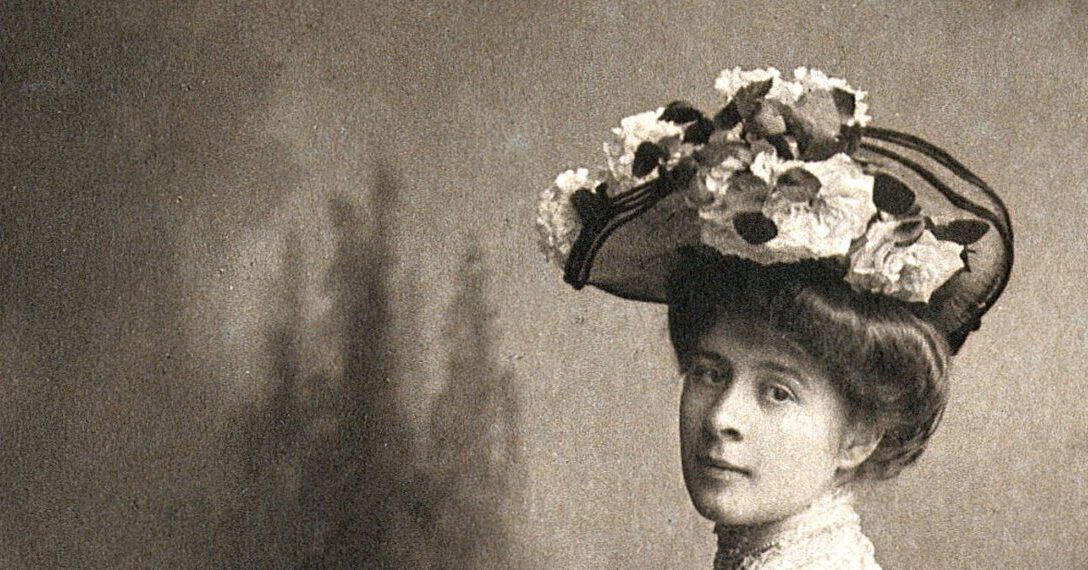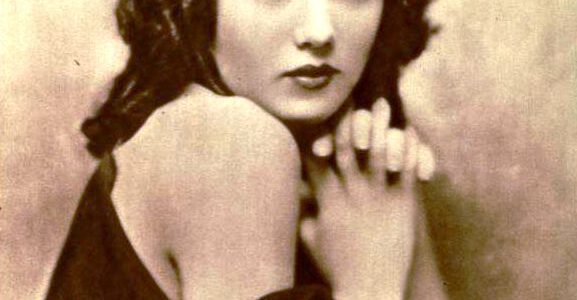The Film Industry Romanticises Preparation — But Rarely Equips Anyone For It
You’re handed the costume, the hair, the accent… and somehow expected to become someone who actually lived. But for real lives, it’s nowhere near enough.
↓
• If you’ve ever faced too little material, or too much material — or been given no time to prepare it properly…
• If you’ve ever been buried under contradictory documents and told to »find the emotional truth«…
• If you’re already dreading press junkets — smiling through questions about »your research« and pretending you’d seen archives you never even got access to…
• If you’ve ever been given traumatic historical texts, images or films with no guidance on how to navigate it safely…
• If you’ve ever met the real person’s family and felt underprepared to speak about their life…
…you’re in the right place.
My goal is to give you a calm, structured way into historical characters: helping you understand the person you’re portraying through real evidence, not guesswork.
I not only work with experienced actors and creatives — but I loooooove working with rising talent 🩵 cast in their very first biopic or historical role who want to prepare without panic Googling or common pitfalls.
This method works whether you have six months or three weeks before filming.
It also supports writers building stories rooted in the past rather than shaped by modern conflicts or assumptions.
Start delving into the past. ↓
Why Historical Character Preparation Exists
To give you what the industry keeps denying: a framework to step into someone else’s life without losing yourself. While I can make things easier for you, this isn’t about simplifying.
Hello, I am Dr. Barbara, and I’m not here to smooth history — I’m here to help you feel its sharp edges.
Start Here — Before Rehearsals, Fittings and Deadlines Take Over
Soon, you’ll hear »Action!«, and you’re expected to inhabit a century. In that rush, it’s easy to lose the thread. Take the first step that slows everything down — preparation strong enough to hold both you and the role.
1️⃣ Read »The Before You Begin« Essay↗
See why the industry’s idea of ›preparation‹ keeps failing actors or writers, and how you can build your own method rooted in evidence, not improvisation. Understand which part of your preparation might collapse under pressure, so you know exactly where to steady your method before filming begins.
2️⃣ Take the Actor Survey↗
No names or production info needed! Answer ten confidential questions that show what your preparation already covers, and what it quietly misses. Identify the gaps, blind spots, and era-details most productions overlook. Just a clear snapshot of where to strengthen your next performance.
3️⃣ Start The Free »Memory Scar« Course↗
A six-day introduction to emotional evidence. Learn how one fragment — one forgotten photo, one unspoken memory, one scar that shapes how your character moves through the scene — can ground your next role and steady you when the script feels thin.
When History Is Just Set Dressing, the Role Falls Flat.
That’s where your craft can break.
Preparing Historical Roles restores what the industry forgot — rebuilding truth from evidence before a performance begins. You’ll learn to separate the verifiable from the invented, and turn facts into feeling you can write about, or play.
This isn’t academic research; it’s more practical, more emotional. We’ll go where the heartbeat lives: in the fragile, historical details that let you feel who the people from the past were before you ever play them.
Actors and writers describe the same shift: the moment you start feeling you know the person from the past — not as a role, but as someone you’ve actually met. And when that happens, you can pass it on. Your audience will feel it too.
This isn’t dramaturgy or acting coaching. It’s the ground your performance needs before any method can begin.
Whichever Side Of The Camera You’re On, The Work Begins The Same Way.
Hours for fittings. Minutes for context.
Preparation is treated as a luxury, not the work itself. Here, you reclaim that time. You start with historical evidence, and let fragments from the past lead you out of uncertainty.
For Actors & Screenwriters↗
Build the foundation for a portrayal that not only honours the past, respects its era, but also captivates your modern audience.

For Agents & Managers↗
Protect your roster from last-minute crisis prep and shallow portrayals.
Give them confidence and credibility through private, structured training.
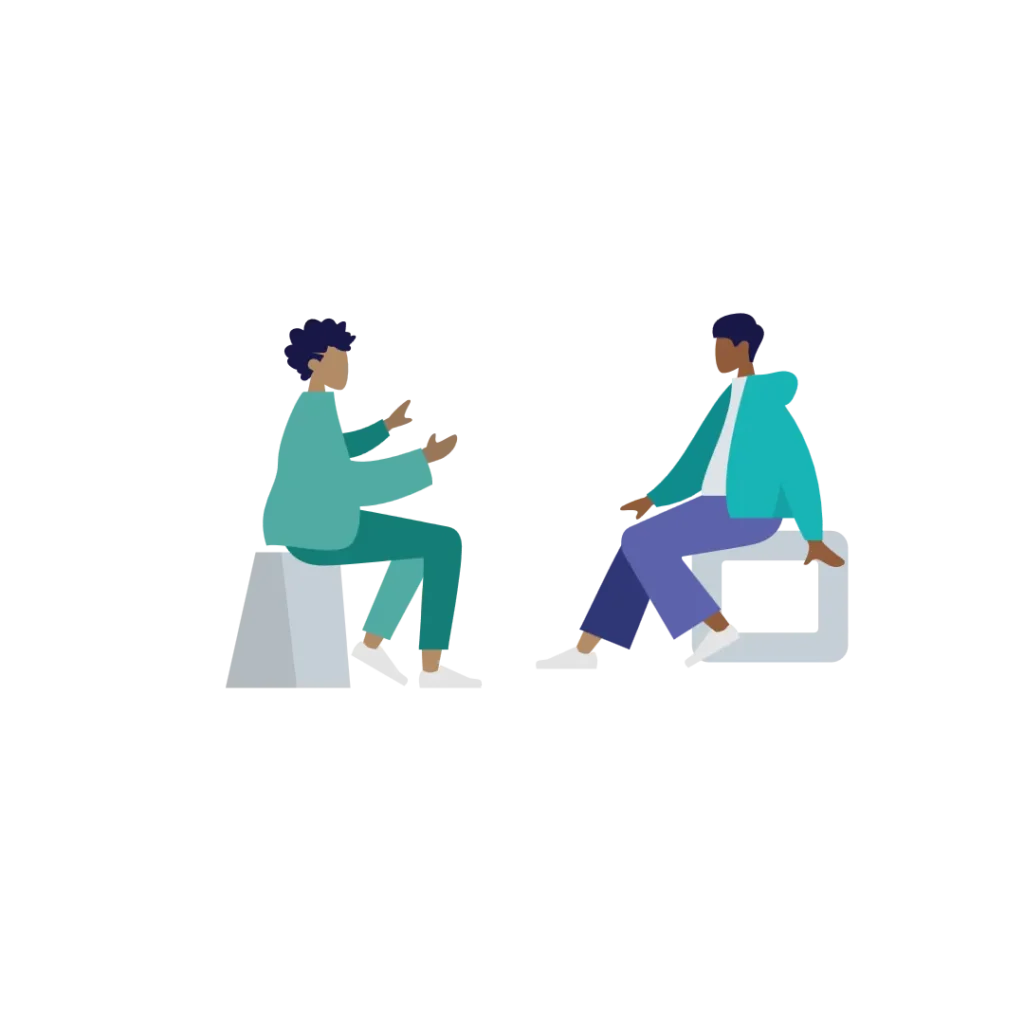
For Press & Journalists↗
Explore story angles, interviews, images, and questions that explore the craft of portraying real lives, and the new book Preparing Historical Roles.

When You’re Ready To Turn Historical Research Into Understanding.
Whether you’re stepping into your first biopic or refining your craft after years on set, this work meets you exactly where you are.
Each collaboration is confidential and, when needed, protected by NDA.
If you want to build a character from the ground up — not just play their gestures, but grasp their world — guided historical preparation gives you both: the person and the time that shaped them.
It’s a way to move quickly and clearly through the historical material without disappearing into dead ends or overwhelm. Stay emotionally steady even when the work turns heavy.
For First-Time Historical or Biopic Roles.
If you’ve just been cast and need a calm, structured starting point, begin here. The framework gives you the foundation most productions skip — the historical evidence, the emotional anchors, and the clarity you need before your work as an actor begins. Start with the Beginner Path — download instantly for self-study, or choose the guided character preparation with historian Dr. Barbara.
SEE HOW WE COULD COLLABORATE
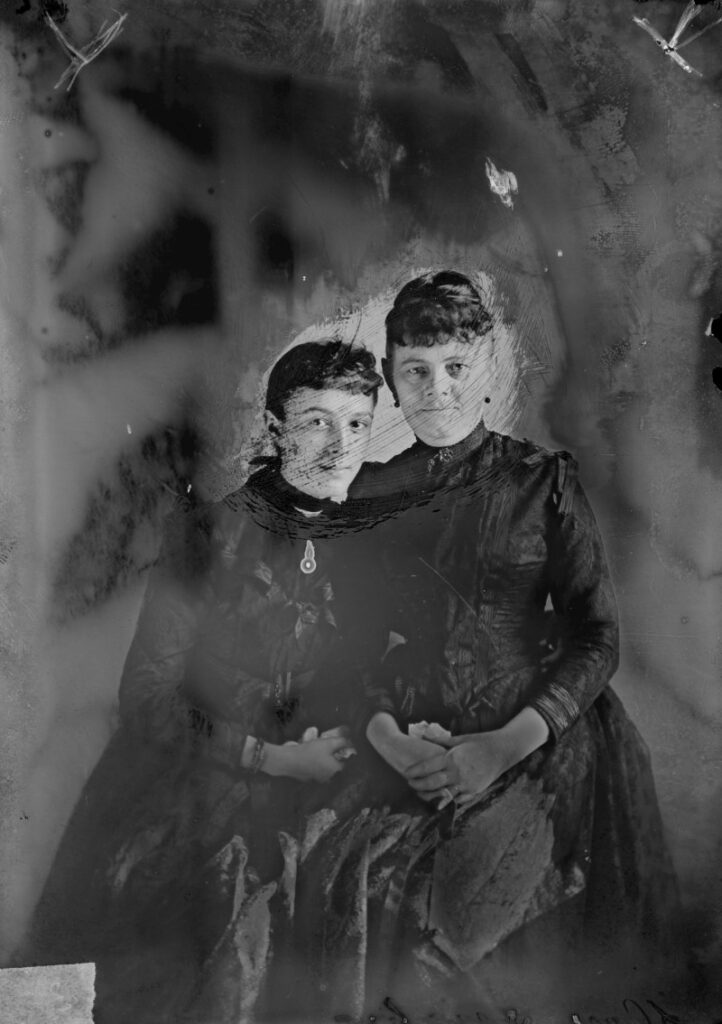
»Get To Know Your Protagonist« — 1:1 Intensive
A dossier assembled from letters, diaries, and fragments — translated into emotional cues and playable choices. Always the first step in a collaboration.

Private Agency Training
Bring your roster together for a private Preparing Historical Roles session — no panic, no guesswork, only the framework the industry forgets to teach.
Custom Research
Whether you need someone to ground you in an unfamiliar time period or to steady the panic of a last-minute historical casting, you can book me for exactly that.
I locate unpublished materials, trace witnesses, and bring in family members or experts when needed, then help you interpret what they reveal.
This is a longer collaboration that turns research into understanding, helping you grasp who this person was, the world they lived in, and the hopes and fears that shaped them.
Here’s What Makes It Usable For You
Most actors aren’t taught how to prepare for someone who truly existed. Suddenly the pressure feels enormous.
Whether this is your first historical role or your fifteenth, you shouldn’t have to figure this out alone. My job is to make that weight easier to carry — not by simplifying the past, but by making it playable.
I’m Dr. Barbara — a German historian and archaeologist who works at the bridge between the archive and the actor’s pulse.
For more than twenty years, I’ve followed real people through archives, private collections and fragile traces most researchers never see. I help actors turn those fragments into something you can feel, understand and play.
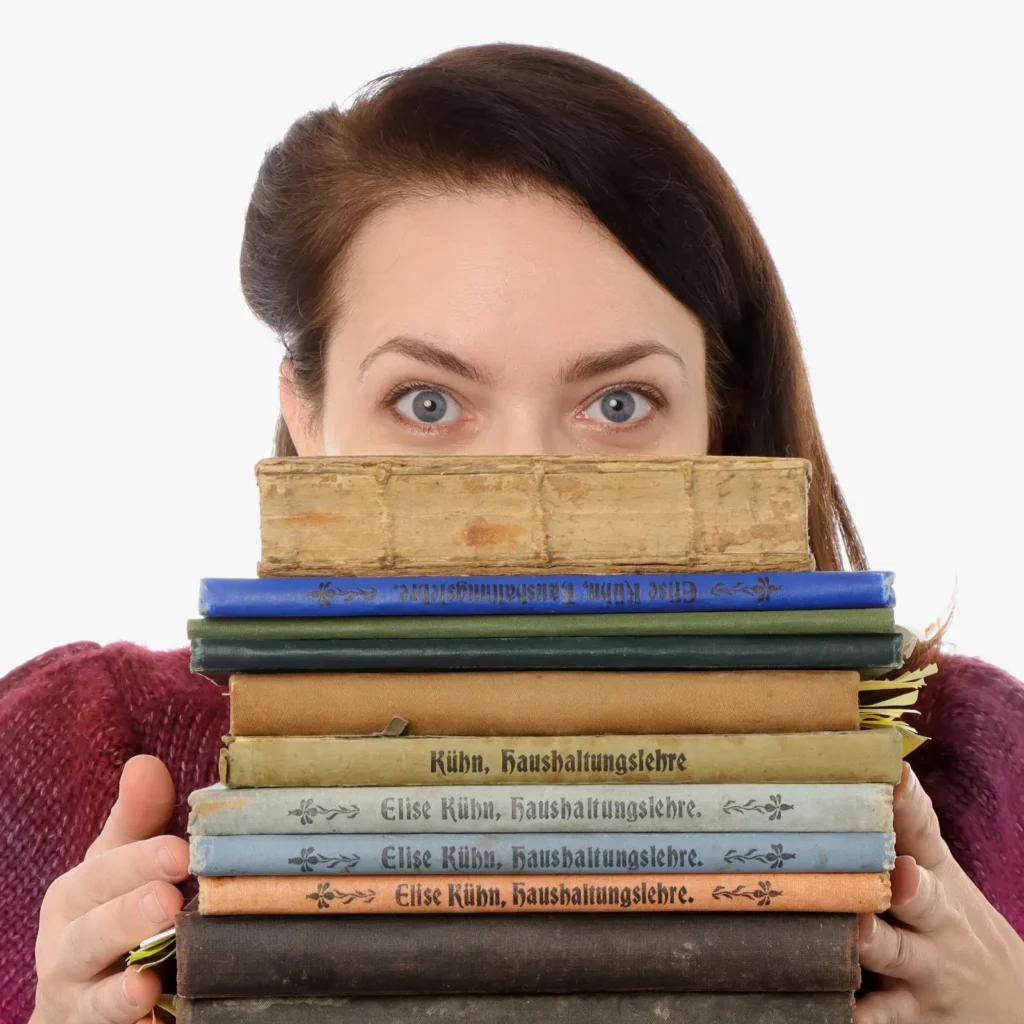
What Sets My Work Apart is How I Move Through Material.
I read extremely fast and retain almost everything, which lets me move quickly through tons of material so you don’t have to. My photographic memory helps me recognise patterns, contradictions and emotional shifts across sources that sit decades apart. And because I can read handwriting from the 1200s to today, I can access and translate materials most researchers can’t even open.
For you, this means something rare: A grounded path through what would normally take months. Let me structure your material, so that it does not overwhelm you.
You don’t need a library of facts.
You need that one moment that makes you feel, Ah. I know who they were.
That’s what I find:
the line written in fear,
the sentence they almost erased,
the signature made with shaking hands —
the tiny human detail you can act from.
Often, I work with unpublished or sensitive sources — family letters, survivor accounts, estate files — and everything is handled with complete discretion. What you receive is shaped, careful and strong enough to support the emotional weight of your role.
Whether you need calm guidance through an unfamiliar time period or steadiness in the rush of a last-minute biopic casting, this is the work you can bring me in for. However, I work only 1:1 because this preparation is precise and personal. Again, all our conversations are kept confidential.
My role is simple: to stay still while everything else accelerates around you.
Whatever you’re preparing — a debut, a biopic, or a life the world thinks it already knows — you don’t have to carry that work alone. I’ll not only help you find what your character left behind, but also? I’ll make sure you never feel lost in it.
Press & Media
Press materials, background, and details about the book and method Preparing Historical Roles, plus related projects. For interviews, commentary, or background, click the button below.
All images: CC0, Syrie Wellcome via Wellcome Library London // two women, from Boston Public Library // Ziegfeld Girl in black // author portrait: Anne Riege //
